7 Reasons to Learn How to Counterattack in Chess
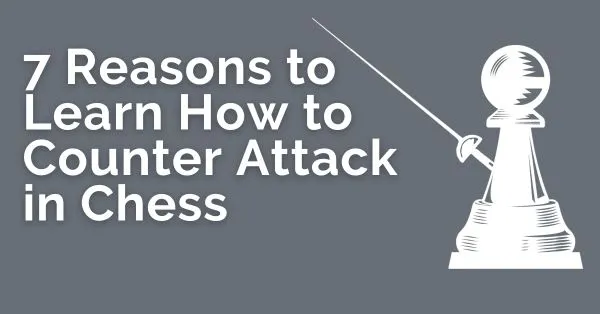
Counterattack in chess is a concept that is underestimated or oblivious to many club players and obvious to Master level players. There are two scenarios where we get the opportunity to Counter-Attack. The first scenario is that the opponent attacks our pieces and the second scenario is of a direct assault on the king or any side of the board.
In the first scenario, the basic ways to defend a piece are to support the piece, move it away, interpose the attacker, and finally generate an equivalent or greater threat. Most club players don’t consider the counterattacking option and settle for subpar defense.
In the Second scenario more often than not Counterattacking is the only way to survive a direct assault. The passive move-by-move defense often leads to disaster.
Therefore, Counterattacking is an integral part of defense in the game. To know when and how to counterattack can be the difference between success and defeat.
In this article, we will take a look at seven reasons why you should learn how to counterattack.
1. Creating Tactical Opportunities
When you counterattack, the interaction between the pieces changes and tactics can appear on the board.
The appearance of tactics on the board forces the opponent into calculation mode. In a position where the opponent has all the tactics that favor them Counterattacking changes the status quo. This can prove crucial and can win you tempi when defending against an attack.
2. Psychological Advantage
The greatest untold benefit of Counterattacking is the psychological advantage. An attacker feels comfortable with his plan but a counterattack throws a spanner in the works. This forces the attacker to adjust their plans and objectives.
A sudden change in the plans can affect the psychology of the attacker. Up to that point, they were in a dominant position and now they have to change their mindset. This is not always easy for humans and many players even break in this situation.
3. Maintaining Flexibility
Counterattacking moves give you flexibility in the position. This is important in the scenario where your opponent attacks one of your pieces. In the theoretical position of the Italian below white has just played e5 attacking the f6 knight.
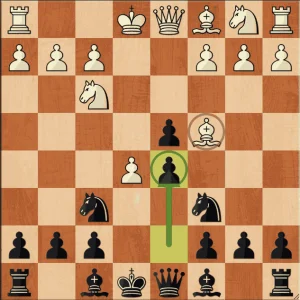
Beginner players would only consider moving the knight back to g8 or to somehow move the piece away. But one of the top moves in this position is to play d5 to counterattack the c4 bishop. The move d5 creates an equivalent threat that forces white to react. Now the black knight has more flexibility to maneuver.
4. Maximizing Piece Activity
One of the principal methods of generating counterplay is by opening files and diagonals. Whenever lines are opened it gives pieces more squares to fight for. This increases the piece activity in your position. Increasing piece activity is the precursor to creating tactical opportunity.
In the end, when all else fails, the piece activity gained creates swindling opportunities.
5. Change in Momentum
Counterattacks can produce brutal shifts in the momentum of the game. These changes are challenging to deal with over the board. Let’s take an example of the game below where Black knows the position is equal and plays a normal attacking move Qe4. The threat is to play Qb1+ and win the bishop.
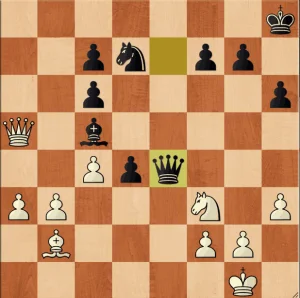
White to Move
White plays the counterattacking move Qe1 and Black loses. In fact, Qe4 was the losing move in the position and Qe1 took maximum advantage of it.
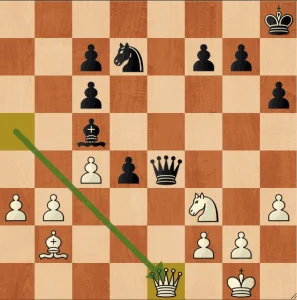
Now white gets in b4 and Black’s position collapses. Exchanging the queens doesn’t help as well because white has passed pawns on a file and the Black queenside pawns are weak.
The Black player, a 2700+ GM doesn’t handle this sudden change in momentum well and starts making sub-optimal moves. He went on to resign a few moves later.
6. Forcing Errors Under Pressure
Not every human is a perfect calculator under pressure, unlike a machine. Playing counterattacking chess exploits this weakness.
On top of the change in momentum and psychological shifts, the attacker has to calculate opportunities for the opponent as well. This puts the attacking side under pressure. When a player is under pressure a natural outcome is errors in the game. Of course, the defensive side is under pressure as well but the psychological shift favors the defending side.
So, counterattacking play puts pressure on your opponent and tries to force errors, you can exploit these errors and change the tide of the game.
7. Swindling Your Opponents
Swindling your opponents from losing positions in chess is like pulling off a surprise comeback. Learning the art of Swindling can help you save many half points and even win you full points! Swindling requires patience. Here you wait for your chance to counterattack and set up devious traps. This exploits the psychological fact that players tend to let their guard down in winning positions.
Counterattacks give you the opportunity to swindle your opponent. The open files and diagonals provide numerous chances to swindle in a lost position.
In the position below you are playing black, try to figure out a plan where your opponent can go wrong.
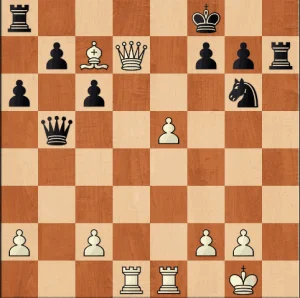
White is winning in this position. White pieces surround the black king and checkmate is going to arrive sooner or later.
As a final ray of hope Black plays the cunning move Nf4. This move hides a trap underneath the obvious threat of Ne2+.
In the game, White fell for the trap and lost on the spot! After Nf4 White played Bd8 with a mate threat but completely missed black’s idea.
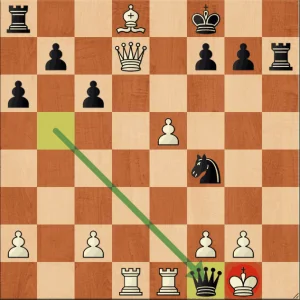
Black plays the stunning Qf1+! Now Black is the one to deliver mate.
Incredible turnarounds like this are possible only when you give your pieces enough activity to initiate tactical strikes.
You also might like Counter-Attacking in Sicilian Defense: Scheveningen Setup as well as 8 Questions to Ask Analyzing Your Own Games.
Conclusion
Counterattack is a powerful resource that every chess player should know about. They provide so many opportunities to turn lost positions into equal or won or help. They also help maintain the balance when under assault. There are many ways to learn the art of counterattacks. The most efficient is to learn by looking at master games explained by a master. There are many books and courses available that you can use to master this essential skill in chess.
https://thechessworld.com/store/product/counter-attack-like-a-grandmaster-with-gm-sipke-ernst/




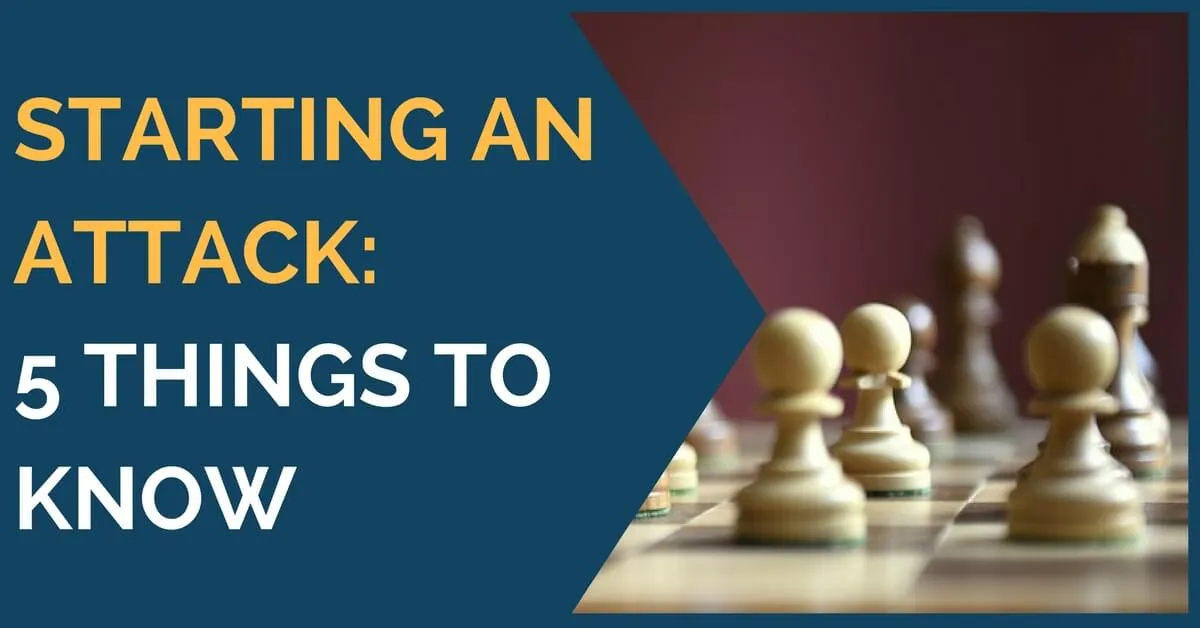
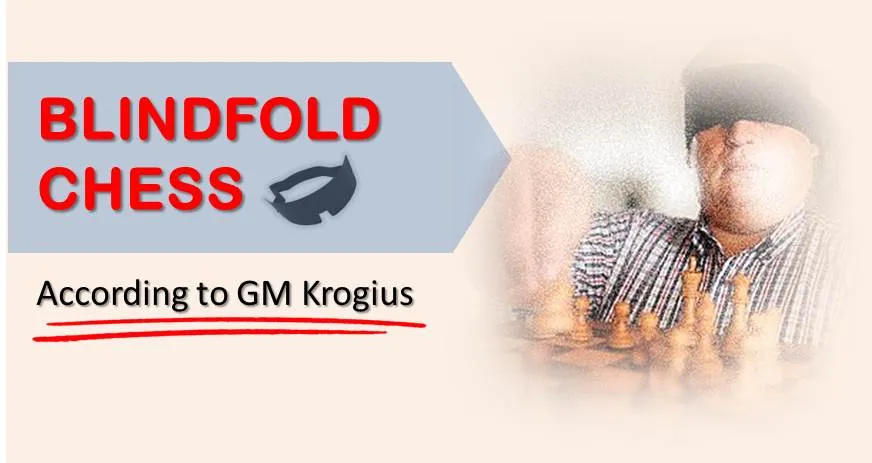




Comments: